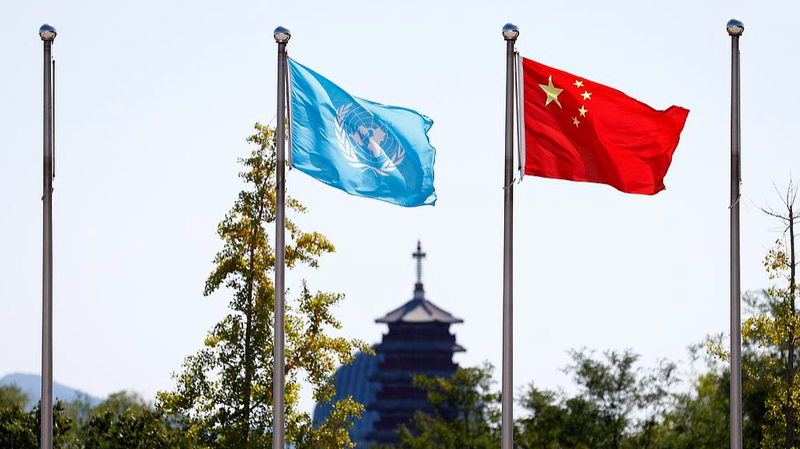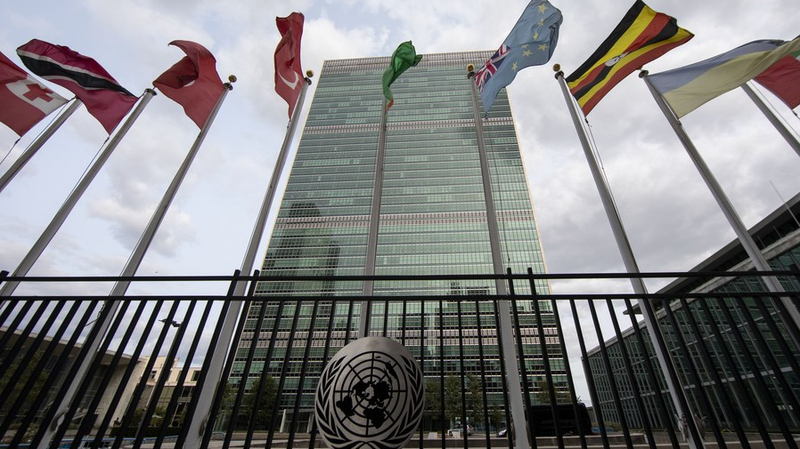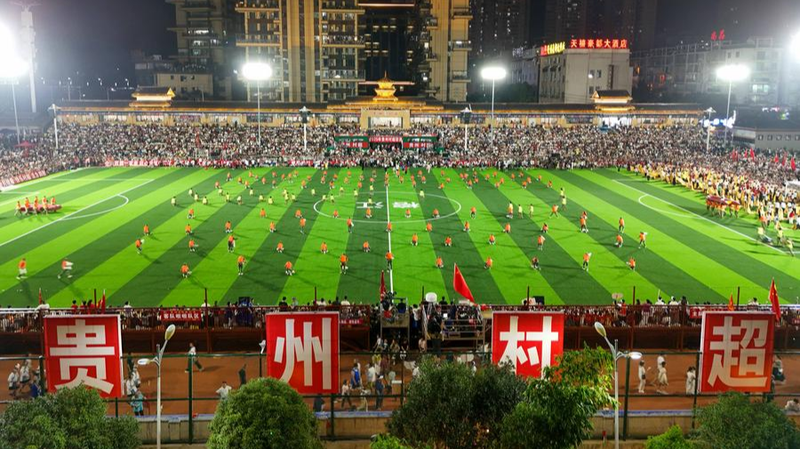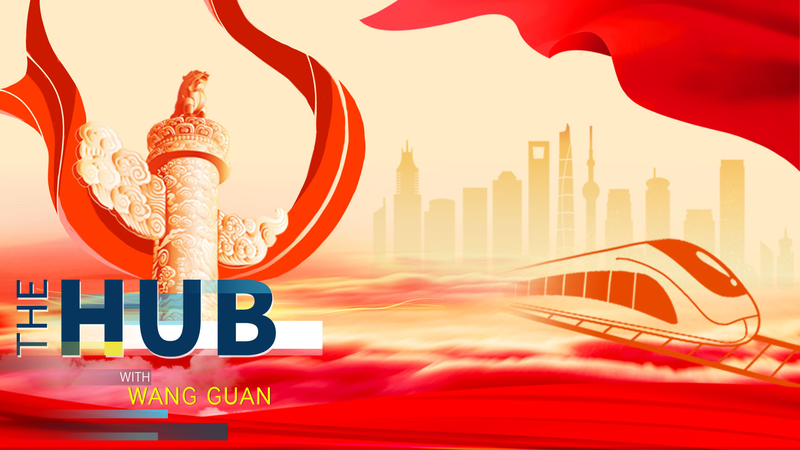Have you ever discovered a place where history, art, and diversity come together? The newly inscribed UNESCO World Heritage Site, Xixia Imperial Tombs, offers just that—a vibrant celebration of cultural exchange on the Chinese mainland.
Nestled at the foot of the Helan Mountains in the Chinese mainland’s Ningxia Hui Autonomous Region, these monumental structures are more than ancient resting places. Often called the "Oriental Pyramids," their layered, tapering design—crafted from rammed earth and brick—reflects a blend of Han Chinese imperial rituals, Buddhist iconography, and influences from Tibetan and Central Asian traditions.
Established by the Tangut people during the Xixia Dynasty (1038-1227), this expansive necropolis features nine royal tombs and over 270 subordinate sites. It not only marks a unique chapter in history but also symbolizes how diverse cultures can unite to create lasting legacies. 😊
Perhaps the most striking detail is the presence of bilingual inscriptions in classical Chinese and the ancient Xixia script. These texts highlight the dynasty’s sophisticated blend of political authority and spiritual devotion, bridging languages and cultures in an inclusive narrative.
UNESCO’s recognition of the Xixia Imperial Tombs reinforces a timeless message: cultural vitality arises from dialogue and exchange rather than domination. In an era that values diversity, this heritage site inspires us to appreciate global pluralism and the power of unity. 🌍
Reference(s):
Xixia Imperial Tombs show China's cultural diversity and inclusivity
cgtn.com




